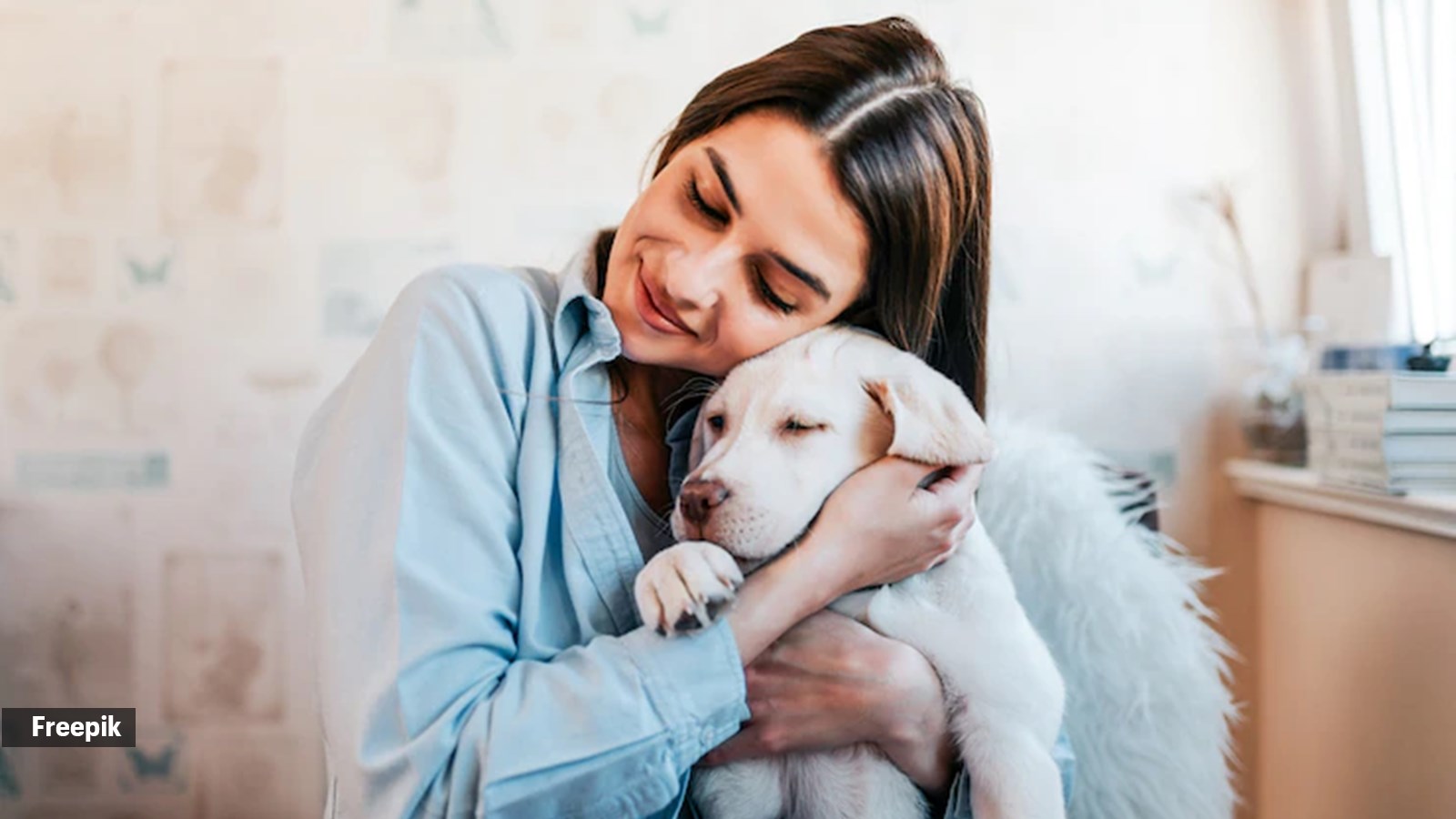📣 For more lifestyle news, click here to join our WhatsApp Channel and also follow us on Instagram
How many layers of sweater does your pet really need?
Even within the same breed, layering should be adjusted based on age, health conditions, and environment.
 How many layers does your pet need? (Source: Freepik)
How many layers does your pet need? (Source: Freepik)Hoodies, jackets, and sweaters are essential for braving the biting chill of winter. For pet parents, the concern extends to their four-legged companions as well. Winter layering isn’t just a fashion statement, it’s a necessity. But how many layers does your pet need? Indianexpress.com spoke to a vet to understand the key factors in keeping pets warm and comfortable.
Does your dog need a sweater?
Dr Deepak Saraswat, head vet at Zigly, said that while various clothing options are available for dogs, their natural fur provides essential insulation. The need for additional layers depends on the breed and coat type.
“Double-coated breeds like Huskies and German Shepherds have thick natural fur and, in most cases, don’t require sweaters,” he said. “At most, in extreme cold, a light layer may be used until they acclimate. However, pet parents should watch for signs of discomfort, such as excessive panting, seeking cool surfaces, or trying to remove the sweater,” said Dr Saraswat.
 Signs your pet has too many layers on (Source: Freepik)
Signs your pet has too many layers on (Source: Freepik)
In contrast, short-haired breeds like Chihuahuas lack natural insulation and require proper layering, according to the doctor. “They typically need a couple of layers in cold weather—a light base layer topped with a warmer one, if necessary. Similarly, medium-coated breeds like Beagles generally need just one layer, varying from light to medium weight, depending on the temperature,” he said.
Regardless of breed, Dr Saraswat stressed the importance of ensuring that the sweaters are of proper size, made using comfortable material, and with no moisture build-up due to layering. He also said that even within the same breed, layering should be adjusted based on age, health conditions, and environment.
Signs your dog is overheating
To ensure your pet isn’t wearing excessive layers, watch for these warning signs, Dr Saraswat suggested looking out if your dog is showing restlessness or discomfort, excessive thirst or signs of lethargy, and if the clothing is damp due to excess warmth and sweating, all symptoms of overheating. Few more signs of distress could be them trying to remove the clothing, refusing to perform physical activities, excess licking of covered areas, and few signs of stress where they generally avoid communicating.
📣 For more lifestyle news, click here to join our WhatsApp Channel and also follow us on Instagram
- 01
- 02
- 03
- 04
- 05



























